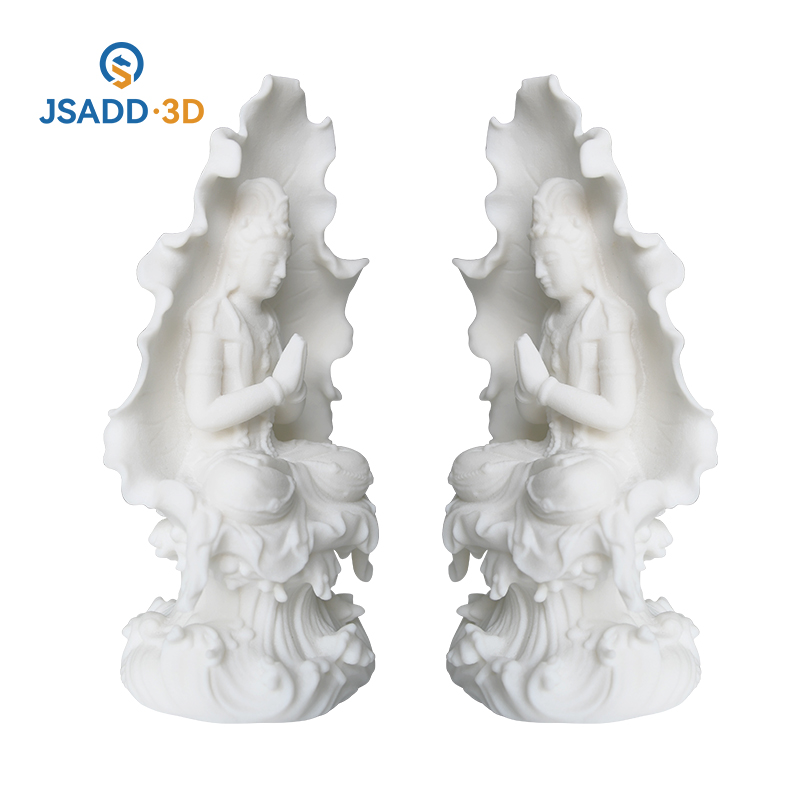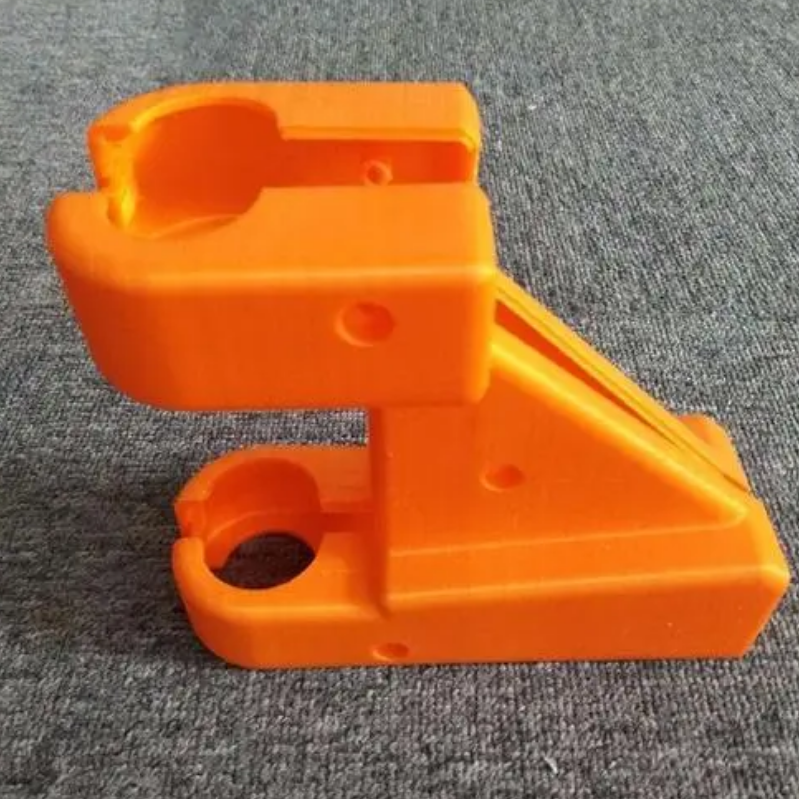FDM (Fused Deposition Modeling) and SLS (Selective Laser Sintering) are two commonly used 3D printing processes. They have some differences in printing speed, material selection and cost.
First, let us introduce the basic principles of FDM and SLS.
FDM (Fused Deposition Modeling) is a 3D printing process for thermoplastic materials. It heats filamentary materials (such as ABS, PLA, etc.) to the melting point, and then deposits the molten material layer by layer on the printing platform through a nozzle, ultimately forming a three-dimensional object. . The advantages of the FDM process are that it uses a wide range of materials, has low cost, and is easy to produce objects of various shapes.
SLS (Selective Laser Sintering) is a powder material 3D printing process. It spreads powder materials (such as PA12, PA12+GF30, etc.) on the printing platform, and then uses a high-power laser to selectively sinter the material to finally form a three-dimensional object. . The advantage of the SLS process is that it can produce objects with more complex structures while maintaining high precision and high resolution.
Next, let’s compare the advantages and disadvantages of FDM and SLS in terms of printing speed, material selection, and cost.
Material selection: There are many types of thermoplastic materials used in the FDM process, including ABS, PLA, PETG, etc. The SLS process mainly uses powder materials, but the range of options is relatively small.
Cost: The cost of the FDM process is relatively low because its main costs are material costs and equipment depreciation expenses. The cost of the SLS process is relatively high, including the processing of powder materials and the use of lasers. In addition, the cost of SLS equipment is also higher.
Detailed performance: The SLS process can produce objects with more complex structures and features high precision and high resolution. Therefore, the SLS process has better performance when it is necessary to manufacture objects with higher detail requirements.
In summary, both FDM and SLS 3D printing processes have their own advantages and disadvantages and are suitable for different application scenarios. Choosing which process to use requires trade-offs and choices based on actual needs. When manufacturing objects with simple structures and low requirements for details, choose the FDM process; when manufacturing objects with complex structures and low requirements for details, choose the SLS process.
Contributor: Henry / Lili Lu / Seazon








